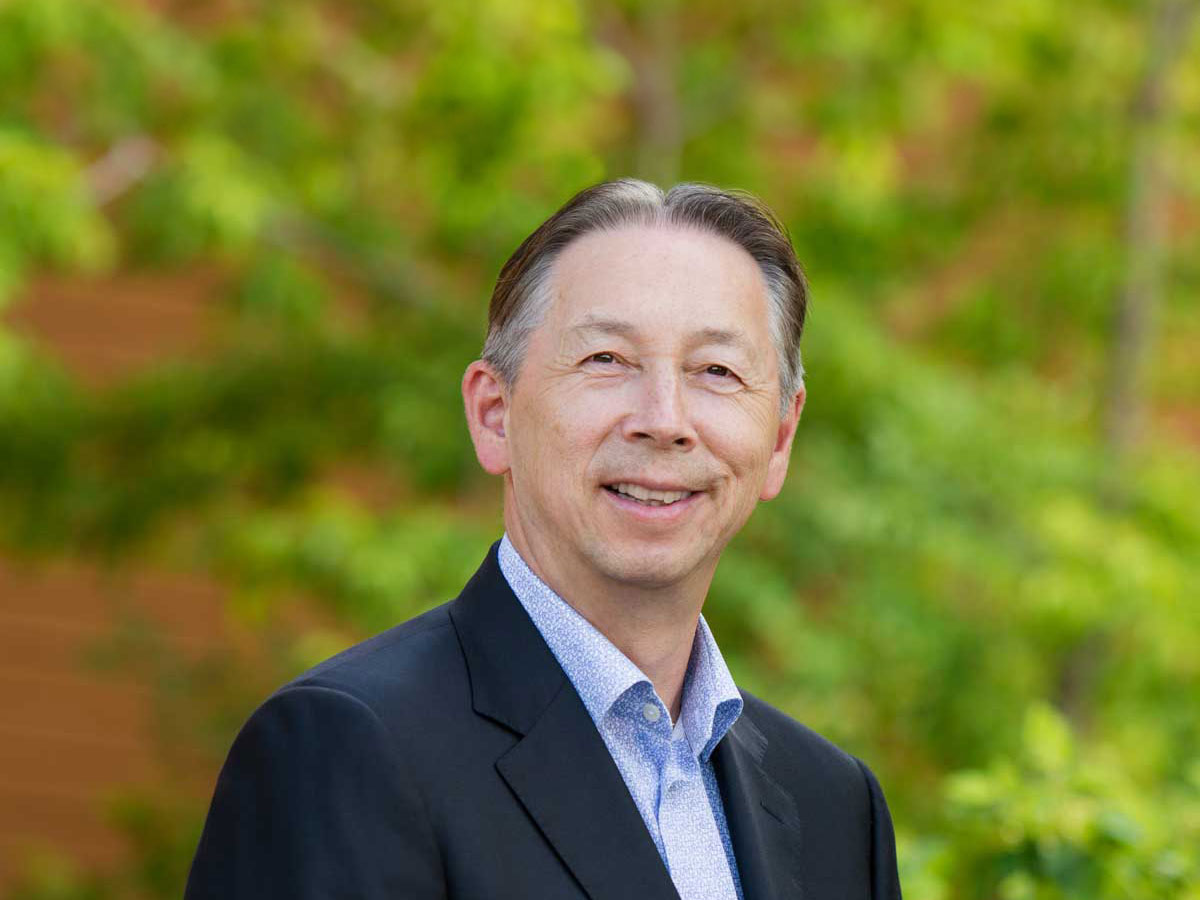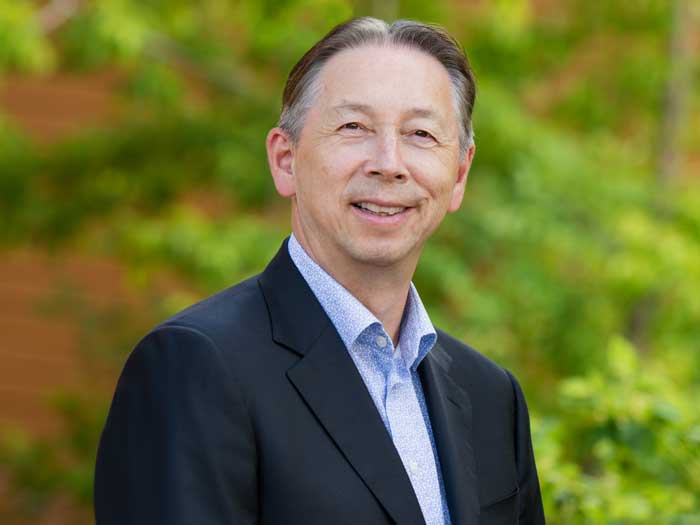
‘I get to see the results of our efforts within our communities’
 A love of finding solutions drew Ernie Daniels, a Cree and Chipewyan CPA, to the accounting profession (Image provided)
A love of finding solutions drew Ernie Daniels, a Cree and Chipewyan CPA, to the accounting profession (Image provided)
Since Ernie Daniels accepted the role of president and CEO of the First Nations Finance Authority (FNFA) in 2012, he has been an instrumental part of raising the profile of the not-for-profit organization in its efforts to improve First Nations communities’ access to funding.
Born and raised in Salt River First Nation, a community made up of Cree and Chipewyan people in the Northwest Territories, the CPA and Certified Aboriginal Financial Manager (CAFM) joined FNFA following seven years as president and chief operating officer of the Aboriginal Financial Officers Association (AFOA). Daniels also spent five years as director of Assessment and Finance Operations at the Aboriginal Healing Foundation.
We spoke with Daniels about his career, key milestones and his commitment to promoting infrastructure monetization within First Nation communities.
CPA CANADA: How did you find your way into accounting?
Ernie Daniels (ED): I decided to go into a business administration program at a new local college in Fort Smith and was part of the first graduating class.
Accounting came easy for me. I loved laying out the big picture and trying to come up with solutions to questions. I chose to enter a CGA program while I was working and quickly came to realize how few Indigenous people were becoming professional accountants. At the time there were maybe 20 across the country, if that.
I was fortunate to get the opportunity to work for an Indigenous development corporation and was promoted to president by the age of 30. I moved on to public practice but realized it wasn’t my passion. I really preferred working with First Nation organizations. For me, it was about helping our communities get a better quality of life.
CPA CANADA: Why did you decide to join FNFA?
(ED): Even though it was in its initial stages when I joined, I knew it could play a crucial role in the social and economic development for First Nations across Canada by providing them with access to funding at competitive rates. I understood that bringing access to capital markets on behalf of First Nations was a big and very important mandate.
Until FNFA issued its first loan in June 2012, First Nations were the last form of government in Canada that was still forced to access loan financing through the banks. Local governments and provinces all access financing through the capital markets. These bank loans were of high rate and were often accompanied by a GSA (General Security Assignment) over all the First Nation’s current and future assets, revenues, cash in the bank, etc.
In 2012 we accepted our first five First Nations borrowing members for the purpose of obtaining financing from the FNFA and issued our first loan that year. We now have 142 borrowing members.
CPA CANADA: Why was access to capital markets such an important mandate?
(ED): There was little understanding on the part of investors of how First Nation communities operate. Also, there was very little First Nations financial data available, so there was little to compare ourselves to other debt issuers. We had to start by educating the international financial capital market. On the flip side, First Nations also needed to be educated on what was required for them to be part of this process.
By 2014, we had enough loans to go to market and issue our first debenture and at the same time establish a credit rating. Getting an investment grade credit rating was a huge milestone for us as a borrowing group.
We have now issued nine debentures to date, totalling $1.7 billion, an Aa3 credit rating with Moody’s Investors Service and A+ with S&P Global Ratings, and a growing number of global investors.
CPA CANADA: What is a big issue for Indigenous communities that you are focusing on?
(ED): One of the major gaps is infrastructure. We estimate at minimum it would take $30 billion to get us anywhere close to the same levels as municipalities.
I have been advocating and working with the government of Canada to close the infrastructure gap and monetize government transfers versus the pay as you go they typically follow. We’re getting a lot of traction now and I feel confident we can reach our goal. Right now, we are in the process of launching a green energy pilot project to prove monetization works.
We are also looking at insurance as many communities, especially remote ones, are not getting the coverage they need and, if they can, it is costly. We are moving forward to research and come up with solutions for better Insurance options for our members/First Nations. We will be considering a solution to pooling insurance purchasing power of First Nations together to leverage better coverage and rates. Currently in Canada, an Indigenous-owned, not-for-profit pooled insurance model for Indigenous communities does not exist.
CPA CANADA: What have been your proudest achievements?
(ED): My passion has always been to build a better quality of life in our communities. Success means a lot of things, including good financial management.
During my time with the Aboriginal Healing Foundation, I managed a $350 million budget to put a system and policies in place and create an effective organization. It was brand new at the time. Through investing, we were able to double the funding and set up criteria for communities to establish and fund their own healing programs.
The AFOA was another early-stage opportunity. When I took over the role of president the membership was around 200 people. When I left, it had grown to over 1,000. During my time there, we also developed the Aboriginal Finance Management Program.
I really enjoy my work; I get to see the results of our efforts within our communities.
LEARN MORE
Discover why connections are key for Indigenous female entrepreneurs, how a CPA is fighting for better Indigenous housing and why an increase in financial knowledge is laying the groundwork for greater autonomy.
Plus, CPA Canada offers an Introduction to Indigenous Peoples’ cultures. This brief on-demand course provides insights into the history and economies of First Nations, Métis and Inuit peoples, and the lasting impact of colonialism from an Indigenous perspective.